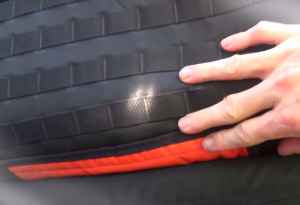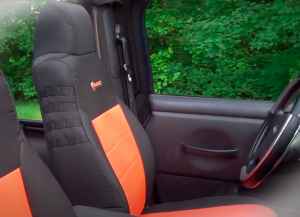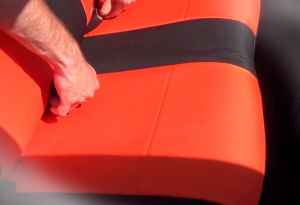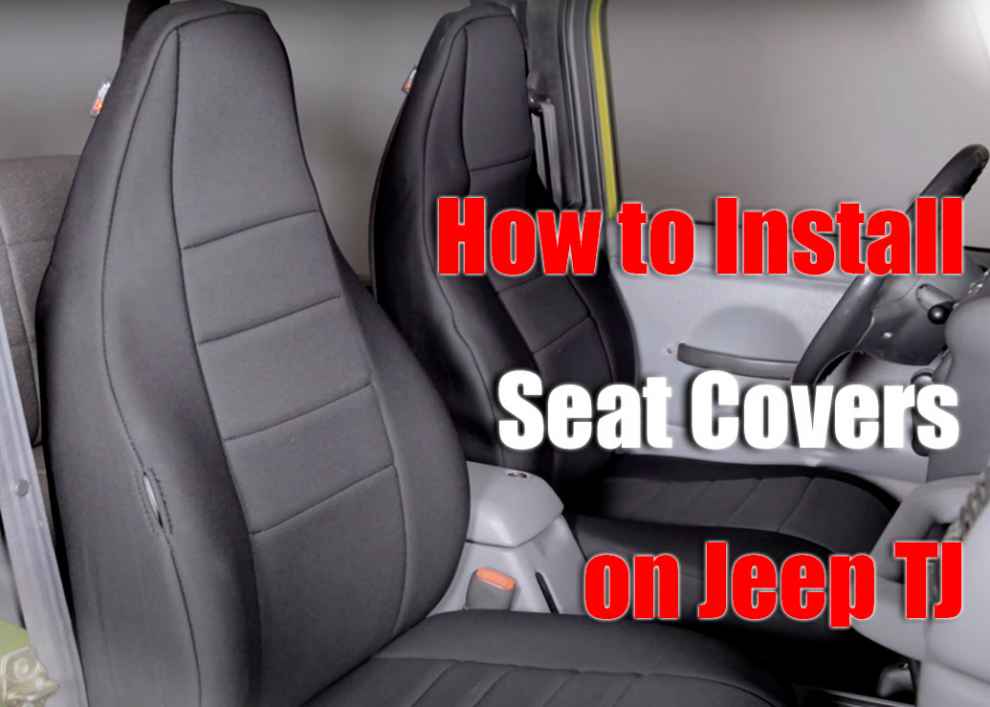Face it: no matter how careful you are, you won’t be able to protect Jeep seats from spilled liquids, dirt, dust, pollen, cracks, or wear. Things happen; besides, car seats are incredibly vulnerable to humidity, dry weather, and UV rays as well. And let’s not forget how much a new set of seats costs. So, what can you do to protect them? Well, how about covers?
Specifically designed to serve as a shield against contaminants, weather elements, and little kids, they do an excellent job of keeping the seats nice and clean. And in this Jeep TJ Seat Covers Review, we’ll learn how to install them properly. All you’ll need is patience and sleight hands! Follow my guide, and let’s get to work!
Step #1: Getting Started

But wait – how does one differentiate between the lower and upper sections? All you have to do is find the slits for the seat belt lever and the straps. Found them? Great, then you’ve got your lower seat cover. Oh, and you won’t have to remove the seats, by the way – only the headrests. Taking the seats completely off won’t introduce any real benefits during the installation.
Step #2: Handling the Headrest
Ok, to preserve the upholstery of your factory Jeep seats, let’s go ahead and put on brand-new seat covers. First things first, carefully remove the headrests. There’s a button at the bottom: hold it down, and pull the headrest up. Or, just slowly drag it till it’s free. If you’re lucky with the package, it will include headrest-specific covers that don’t require cutting any holes for a proper fit.
These are much easier to install and take less effort as they come with pre-cut holes that fit perfectly around the stock headrest brackets. Some vehicles don’t have a headrest, to begin with, though; if that’s the case, just skip this part and let’s focus on the “meat and potatoes”.
Step #3: Installing the Front-Seat Covers
Most covers have a universal, direct-fit design. However, that doesn’t always mean it will be easy to slip them over the seats. Most likely, you’ll have to do some “fine-tuning” to make sure they are nice and tight. There’s nothing worse than a loose cover with wrinkles everywhere.
The Upper Cover

On the sides of the upper covers, you’ll see airbag pockets (the driver’s seat will have one on the left; the passenger’s seat will have one on the right). Not all covers have these, but keep in mind that without the cutaways, the side airbags won’t deploy in case of a crash.
The Lower Cover + the Headrest

Experiment with this for a while until you find the perfect setting for the covers that doesn’t leave any wrinkles. If you received headset covers, slip them over. Usually, they are held in place with similar Velcro strips. In contrast, the rear headrest covers are a bit different and use elastic straps for tightening.
Step #4: Moving on to the Rear Seats

Oh, and, of course, watch out for the seatbelts: make sure they’re not damaged while you’re installing the covers. A quick tip: if you’re having trouble putting the covers on the backs of the seats, it might help to roll the seats back a little bit. That way, it will be easier to get this done. However, for “feeding” the flaps into the gaps between the cushions, I would recommend bringing the seats back up.

Add Comment